The Scottish Government has published guidance for housebuilders ahead of new building regulations on sprinklers coming into effect in 2021
The changes to regulations on sprinklers will mean all new-build social homes, flats, and shared multi-occupied residential buildings in Scotland must be fitted with automatic fire suppression systems from March 2021.
Previously, this was only required in new high-rise blocks of flats above 18 metres.
It comes after David Stewart MSP proposed a private members Bill to improve safety in new social housing following the Grenfell Tower fire in 2017.
A number of outreach events are being held with providers of new homes in the run-up to implementation next March.
‘Improve fire safety for thousands of new homes’
Housing minister Kevin Stewart, said: “I am very grateful to David Stewart MSP for his work on bringing this important issue forward and gaining cross-parliament support.
“The increased requirements for automatic fire suppression systems will further improve fire safety for thousands of new homes each year. These systems have been proven to save lives and it is right that we now make these changes.
“We will continue to work closely with housing providers to make sure there is wide awareness of what is required ahead of the new regulations coming into effect.”
Stuart Stevens, Scottish Fire and Rescue Service assistant chief officer, added: “The Scottish Fire and Rescue Service welcomes the amended regulations and the increased provision of automatic fire suppression systems.
“This provision is a significant step forward in fire safety and will increase the safety of our communities, residents and firefighters.”


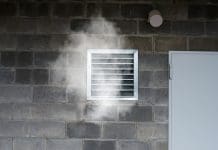

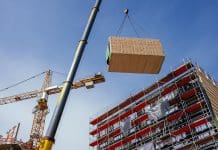
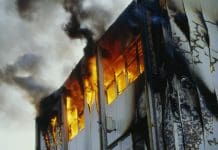

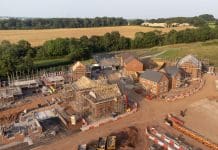





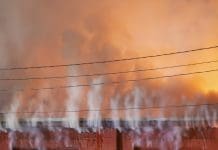
Why new-build only? Governments have this reflex action to regulate and burden new-builds with more and more “improvements” with no attention at all to cost-benefit. It’s all just so, so easy for them to throw these changes and the vast majority of social housing on the backs of property developers and builders. Meanwhile, existing buildings (the vast majority ) are left untouched, primed to burn.
Examples in England:
– Rented houses have to be non-smoking and can’t use certain types of soft furnishing and curtain materials; owner-occupiers – the vast majority – are left unregulated to inflict secondary smoking and burn themselves and their families to death, just as they wish.
– The same with annual servicing of gas appliances and CO detectors
– The same with 5-year inspections of electrical systems
– The same with energy efficiency: new-builds are headed for A+++++ (or whatever category they dream up next), and all rented properties are probably going to have to be EPC Grade C by April 2025, but despite all the bleating and easy phrases about going “zero carbon”, owner-occupiers can live in properties all the way down to EPC Grade G, just as they wish.